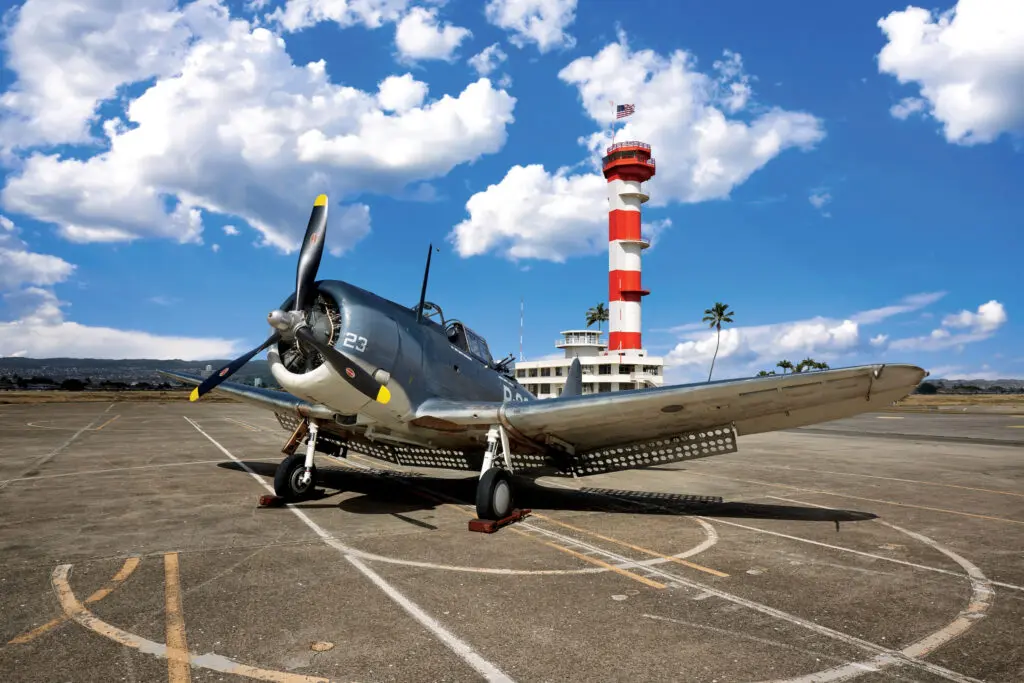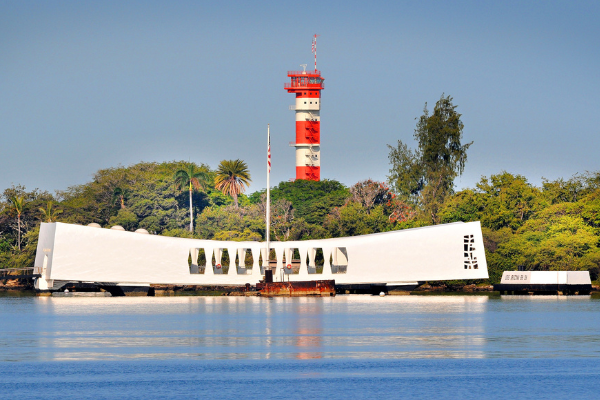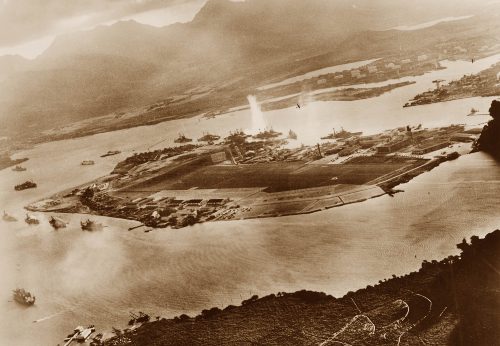The Problem with Self-Sealing Fuel Tanks: Capacity, not Weight
“The problem with self-sealing fuel tanks was that these rubber layers were an inch or thicker. This may not sound like much, but given the small volume of fuel tanks, removing an inch of capacity in each direction significantly reduced capacity.”
At the beginning of World War II, Japanese planes lacked armor and self-sealing fuel tanks. The lack of armor was a matter of weight. Japanese engines lagged behind American and European engines in power. For adequate speed, Japanese designers had to forego armor [Horikoshi]. Later in the war, some later Japanese aircraft did use armor. This included some later versions of the Mitsubishi Zero. However, the Zero’s designer decried the addition because it slowed the already marginal
fighter [Horikoshi].
Self-sealing fuel tanks created an entirely different design problem. Without a self-sealing fuel tank, gasoline would pour out of bullet holes. Even if the airplane kept enough fuel to make it home, the gasoline vapor surrounding it was easy to ignite with tracers. The explosion would blow the plane out of the air. With a self-sealing fuel tank, however, a rubber bladder would immediately seal
any leaks.
Self-sealing fuel tanks worked by having two layers of rubber. The inner layer, which was in direct contact with the fuel, was vulcanized so that it would not react to gasoline. The outer layer was raw rubber. Gasoline escaping from a bullet hole made is swell, effectively closed
the hole.
The problem with self-sealing fuel tanks was that these rubber layers were an inch or thicker. This may not sound like much, but given the small volume of fuel tanks, removing an inch of capacity in each direction significantly reduced capacity.
Portion of Self-Sealing Fuel Tank
Source: Photo by Ray Panko at the Camarillo Aviation Museum, 2012.
Here are three examples of capacity losses with self-sealing fuel tanks:
- For the Nakajima Tenzan carrier attack bomber, the Japanese installed self-sealing fuel tanks in the prototype. However, this reduced fuel capacity by 30 percent [Francillon 1995]. Production aircraft did not have self-sealing tanks.
- When the North American B-25A was given self-sealing fuel tanks, this reduced fuel from 912 gallons to 694 gallons, a drop of 23 percent.
- When the P-38D received self-sealing fuel tanks, capacity dropped from 410 gallons in previous models to 300 gallons [Cunningham 2006]. This was a 27% decrease.
In contrast, the United States accepted capacity losses in to reduce aircraft and crew losses. It often partially offset these losses by creating compensations later. For example, the P-38J added a fuel tank to the leading edge of the wings when the intercooler was moved from the wing’s leading edge. This brought capacity back to 410 gallons. The B-25A, in turn, was given removable bomb-bay tanks for ferry flights [Baugher 2000]. The Japanese did add self-sealing fuel tanks to some later aircraft, but there was so much priority given to range that this did not become universal.
REFERENCES
Baugher, Joe. Self-Sealing Fuel Tanks in the North American B-25 Mitchell, 2000. http://www.joebaugher.com/usaf_bombers/b25_3.html.
Cunningham, Wayne. The P-38 Lightning: Evolution of Speed and Climb Performance, October 15, 2006. http://www.wwiiaircraftperformance.org/p-38/p-38-wayne.html.
Francillon, René J. (1995). Japanese Aircraft of the Pacific War, Annapolis, Maryland: Naval Institute Press, 1995. Originally published in 1970.
Horikoshi, Jiro (1981). Eagles of Mitsubishi: The Story of the Zero Fighter, University of Washington Press: Seattle, Washington. Translated by Shojiro Shindo and Harold N. Wantiez. First published in 1970 by Kappa Books: Tokyo.







